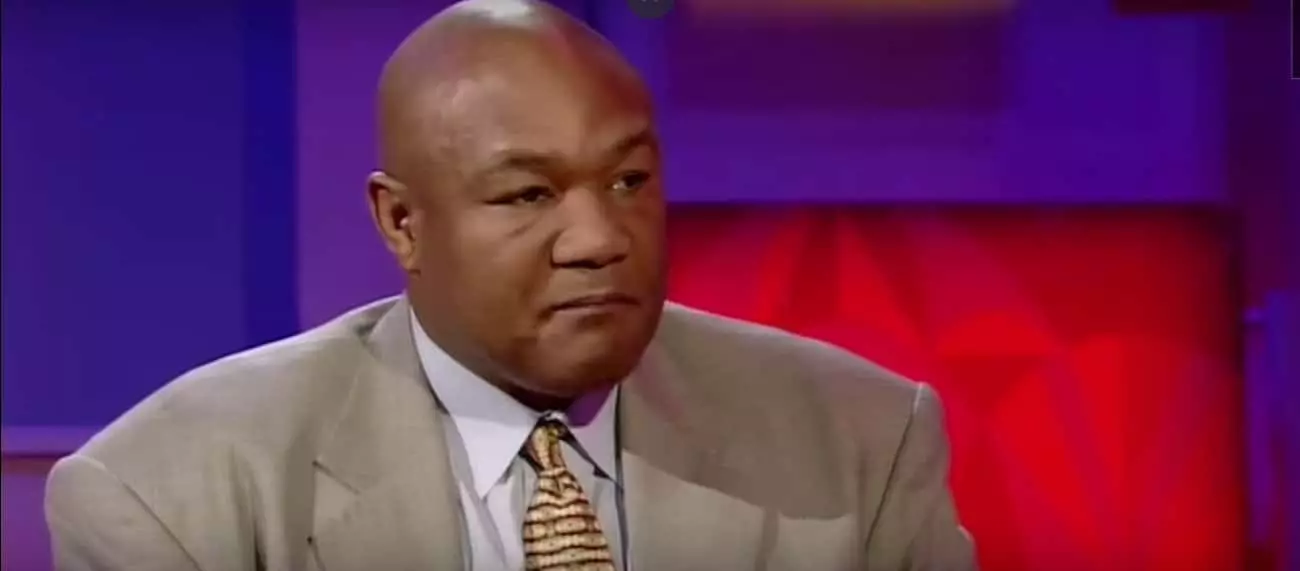George Foreman, born 76 years ago in Marshall, Texas, is a name that resonates across generations. With a career marked by striking transformations, Foreman’s journey encapsulates the essence of resilience, determination, and reinvention. From his humble beginnings as a troubled teenager to becoming one of the most recognizable figures in boxing and beyond, Foreman’s story is one that transcends the sport itself.
Foreman’s early life was a tumultuous one, shaped by socioeconomic struggles. In a pivotal moment for him and countless other underprivileged youths, President Lyndon Johnson’s Job Corps initiative provided Foreman with an opportunity that would change his trajectory. Entering a boxing gym in an effort to shed weight, he discovered more than just a means to physical fitness; he found a life-altering passion. Trainer Doc Broadus recognized Foreman’s raw potential and helped him transform into a formidable athlete. Such serendipitous encounters underline the importance of mentorship and community programs in enabling youth to navigate their challenges.
Foreman’s boxing career commenced in 1967 and quickly surged as he made waves in amateur competitions, culminating in a gold medal triumph at the 1968 Mexico City Olympics. His journey to the podium was not without obstacles, as evidenced by his modest 16-4 amateur record. However, the defining moment of waving the American flag during a politically charged Olympic ceremony became iconic, marking him as not just a champion in the ring but a figure in the larger cultural narrative of the time—a juxtaposition against the Black Power salute of fellow athletes John Carlos and Tommie Smith.
Entering the professional realm, Foreman faced a gradual ascent. With careful matchmaking, he prepared to take on formidable opponents, leading to his memorable 1973 demolition of Joe Frazier—a bout that remains etched in the annals of boxing history. This match showcased not only Foreman’s extraordinary physical prowess but also his capacity to captivate audiences, cementing his status as a heavyweight force.
However, the saga of George Foreman is as much about trials as triumphs. His loss to the trailblazing Muhammad Ali in the epic 1974 bout in Zaire left him emotionally and psychologically shattered. Like a phoenix rising from its ashes, Foreman’s resilience shone through, showcasing that setbacks are often setups for comebacks. Notably, his intensely brutal fight against Ron Lyle is a quintessential example of Foreman’s grit, demonstrating that he could engage in slugfests and endure adversity.
Yet another twist awaited him when Jimmy Young handed him a surprising defeat, one that triggered a decade-long hiatus from boxing. What is particularly compelling about this phase of his life is how it juxtaposes the physical demands of boxing with the spiritual and existential reflection that often accompanies time away from competition. Foreman’s absence from the ring deepened his understanding of himself, and when he finally returned in 1987, it wasn’t merely as a fighter but as a man transformed.
Foreman’s return to boxing is perhaps the most astonishing chapter of his career. In a remarkable narrative twist, he emerged as an elder statesman of the sport, a figure seemingly reborn. This comeback, rooted in necessity—he aimed to fund his Youth and Community Centre through boxing—saw him return to basics with a refreshing approach. His alliance with veteran trainers added depth to his preparation, allowing him to rediscover the raw instincts that initially forged his success.
His historic knockout victory over Michael Moorer to reclaim the heavyweight title two decades after his initial reign is often hailed as the greatest comeback in sports history. Foreman’s journey from defeat to resounding success illustrates a fundamental aspect of human existence: the capacity for growth and reinvention, regardless of age or circumstance.
Now, at 76 years old, George Foreman has transcended his status as a champion boxer. He has evolved into a global treasure, embodying a legacy that extends well beyond the confines of the boxing ring. His savvy investment in the Fat-Burning Grill signifies not only a keen business acumen but also a desire to leave a positive mark on society, much like his roots in the community programs that once saved him.
In reflecting on George Foreman’s life, one cannot help but admire the dual facets of his existence: the fighter and the humanitarian. His story encourages us to embrace the possibility of reinvention and underscores the importance of community support in shaping future generations. George Foreman’s journey is ultimately a powerful reminder that life’s obstacles can also be the springboard to something extraordinarily profound.

